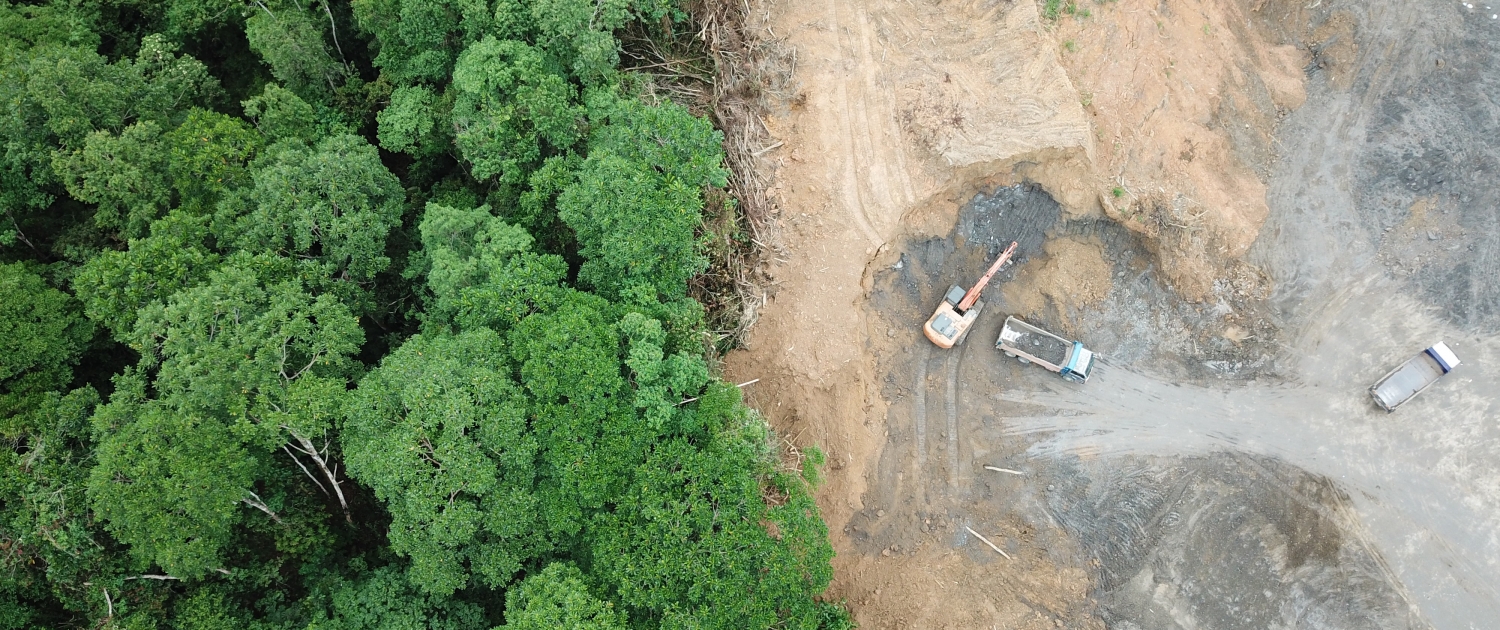Sustainable Food Supplies in a LIC – Makueni, Kenya
In the eastern part of Kenya, Makueni County lies about 200 kilometres southeast of Nairobi. The county is home to around 885,000 inhabitants, most of whom reside in dispersed, small-scale rural communities. The region faces a scarcity of rainfall, averaging a meagre 500 mm per year.
What food is grown in Makueni?
When it comes to agricultural production in Makueni, the primary crops cultivated include maize, beans, millet, sorghum, cassava, and sweet potatoes. The fertile land in the county benefits from dark volcanic soils packed with a high concentration of nutrients. However, the low and inconsistent rainfall patterns frequently interfere with crop yield, resulting in crop failures.
The Makueni Food and Water Security Programme
In April 2014, Just a Drop, a charity organization, collaborated with the African Sand Dam Foundation to extend direct assistance to two compact villages, Musunguu and Muuo Wa Methovini (with a population of 800), as well as Kanyenyoni Primary School (consisting of 463 students).
The initiative included the following measures:
- Facilitating access to clean, safe water by constructing sand dams for each village.
- Installation of a rainwater harvesting tank atop the school building.
- Enhancing food security through a steady water source for crop irrigation and livestock maintenance.
- Implementation of a training program aimed at assisting local farmers.
- Encouraging tree plantations to curb soil erosion, boost biodiversity, and generate medicinal products.
- Sand dams function as underground water reservoirs, purifying the rainwater as it seeps into the soil. These structures, which require minimal operation and maintenance expenditures, offer an affordable and sustainable solution for water supply in rural areas.
The project has witnessed significant success, as evidenced by:
- Improved crop yields and increased food security.
- A decline in the occurrence of water-borne diseases.
- Decreased time spent fetching water, freeing up time for work or education.
- Provision of a safe and clean water supply for the school.
Related Topics
Use the images below to explore related GeoTopics.



